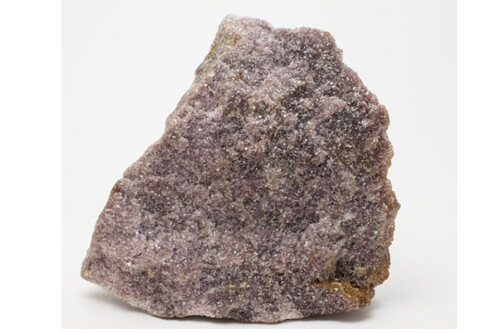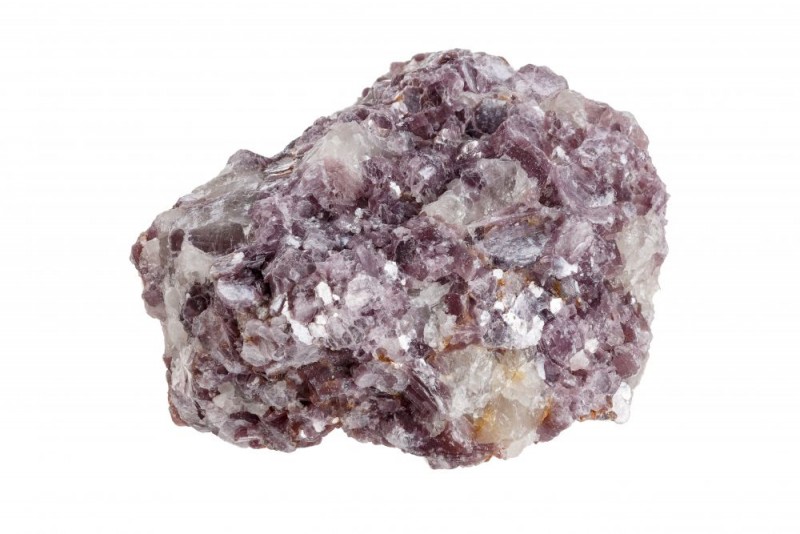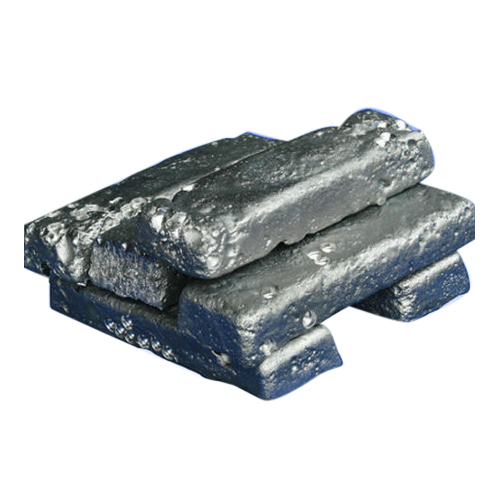Description
Rubidium is a highly reactive alkali metal belonging to Group 1 of the periodic table, with the atomic number 37. It is characterized by a silvery-white appearance and is typically found in nature in trace amounts within minerals such as lepidolite and carnallite. Due to its reactivity, rubidium does not occur in a free state in nature; instead, it exists primarily as a component of various compounds. When exposed to moisture and air, rubidium can ignite spontaneously, releasing a bright flame. This property necessitates careful handling and storage practices in laboratory and industrial settings.
One of the most interesting aspects of rubidium is its applications in various fields, including atomic physics and telecommunications. Rubidium atomic clocks are renowned for their precision and accuracy, serving as the backbone of timekeeping systems used in GPS technology and telecommunications networks. These clocks operate based on the natural resonance frequency of rubidium atoms, providing a stable and reliable standard for measuring time. Furthermore, rubidium is used in research involving quantum computing and magnetometry, where its properties can help explore fundamental questions in physics.
While rubidium is not considered essential for human life, it has garnered attention in the field of biochemistry. Recent studies suggest that rubidium ions may influence cellular processes and metabolic pathways, although much remains to be understood about their effects on biological systems. Additionally, rubidium salts have been investigated for potential therapeutic uses, including the treatment of certain neurological disorders. As research continues to unveil the myriad of ways rubidium can be utilized, it remains a fascinating subject within both scientific and industrial communities.



